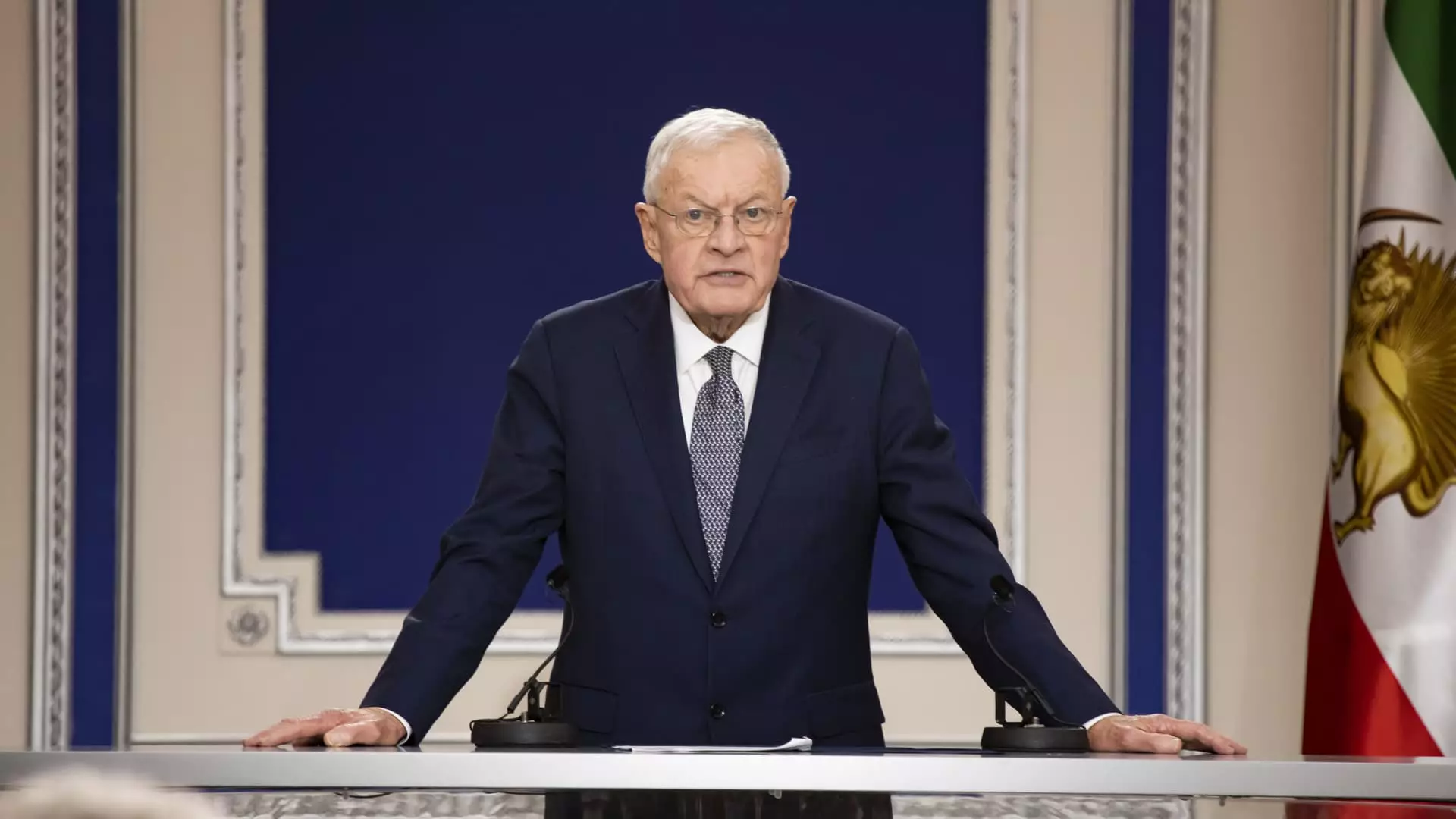The potential for peace negotiations between Ukraine and Russia is once more at the forefront of international discourse, largely invigorated by the statements of U.S. Special Presidential Envoy Keith Kellogg at the recent Munich Security Conference. As complexities surrounding this ongoing conflict persist, it is crucial to dissect the intricacies introduced by Kellogg, who emphasizes the urgency for a resolution while highlighting the fundamental roles played by various nations involved in the talks.
Kellogg’s assertion that a peace plan could materialize rapidly—within days or weeks—implies a push for expedited diplomatic efforts. The envoy’s use of the phrase “I’m on Trump time” encapsulates the desire for quick decisions often associated with former President Donald Trump’s administration. This suggests not only a freshness of perspective but also raises questions about the sustainability of hastily arranged agreements. In times of conflict, a rapid approach can often overlook crucial nuances and the lasting implications of any accord reached. While achieving a swift resolution may appear desirable, it is paramount that all contributing factors, particularly the needs and voices of Ukraine and its European allies, are judiciously considered.
Kellogg also presented a “dual-track” approach to the peace talks: engaging separately with Russia, while concurrently liaising with Ukraine and allied nations. This layered engagement strategy, though inherently complex, raises critical questions about the effectiveness of negotiations that occur in silos. While it is vital to maintain open lines of communication with all parties, the absence of a unified platform could result in discrepancies in objectives and misunderstandings. Notably, Kellogg stressed that any peace plan would be inadequate if Ukraine and Europe were sidelined—insisting on the necessity of inclusive dialogue to ensure that any agreement is both durable and accommodates the shared interests of all stakeholders.
The insistence on Europe’s participation marks a significant point in Kellogg’s discussion. Europe’s perspective is indispensable, especially given the historical and political implications of the conflict. As highlighted by Croatia’s Prime Minister Andrej Plenković, any peace deal must prioritize Ukraine’s territorial integrity. This echoes sentiments among European leaders who fear that sidelining their voices could ultimately result in fragile agreements doomed to fail. The mention of Europe not being present at the negotiation table brings forth a critical tension: While talks may exclude direct participation, the resultant peace efforts that ignore Europe’s implications risk undermining transatlantic relations and regional security dynamics.
The Munich Security Conference activity demonstrated a palpable skepticism regarding the current U.S. administration’s objectives. Iceland’s Prime Minister Kristrún Frostadóttir articulated a common concern in Europe—an uncertainty surrounding U.S. intentions and strategy. This underscores the profound need for clarity and consistency in messaging from U.S. leadership. Without this, allies may grow wary, complicating what is an already fragile diplomatic environment. The implications of U.S. strategy on European states cannot be overstated, as cooperation and understanding are essential in fostering a climate conducive to any lasting peace settlement.
The critical dialogue led by Keith Kellogg sets the stage for future negotiations regarding Ukraine and Russia, yet the road ahead is laden with challenges. The convergence of urgency and complexity signals the need for a well-structured approach that incorporates all relevant parties, particularly those within Europe whose stakes are invariably high. Ultimately, the success of any proposed agreement hinges not only on the rapidity of its formulation but on its substance, inclusivity, and the commitment of the international community to uphold the resulting framework for peace. As we stand on this precipice of potential reconciliation, the stakes could not be higher, and any missteps could reverberate across international borders for years to come.


Leave a Reply